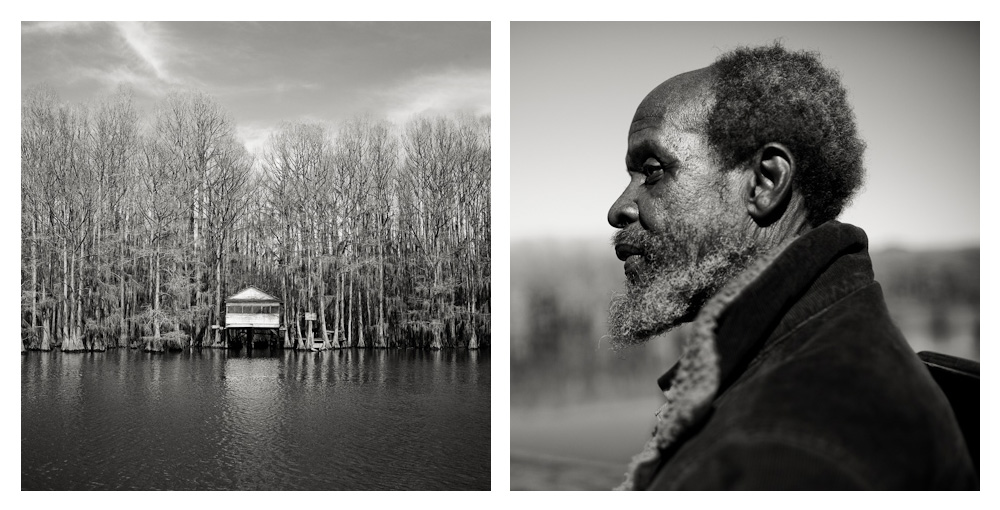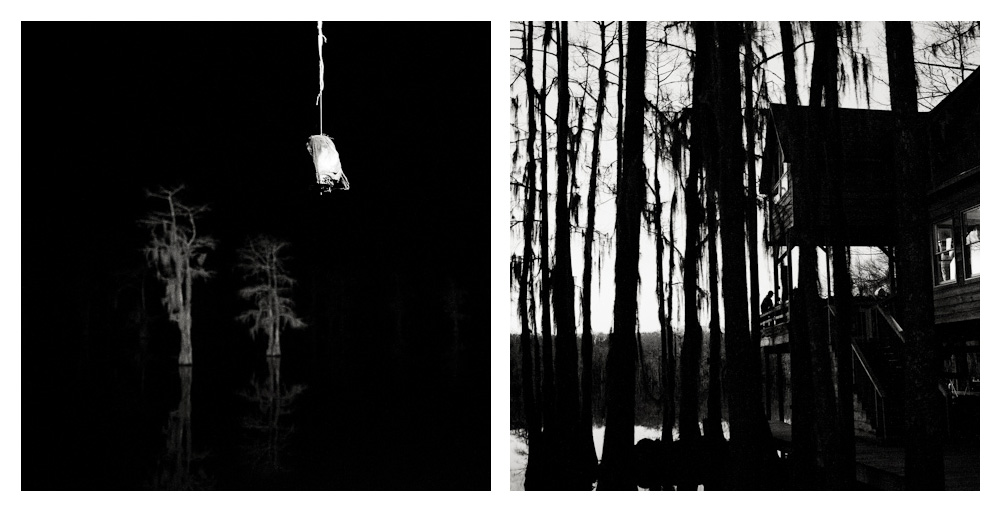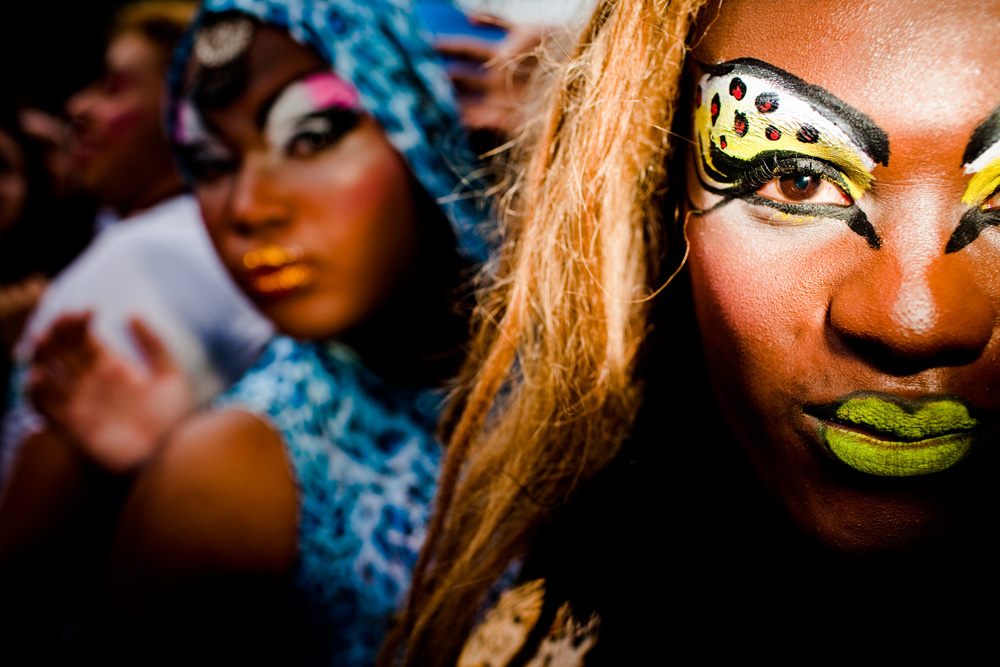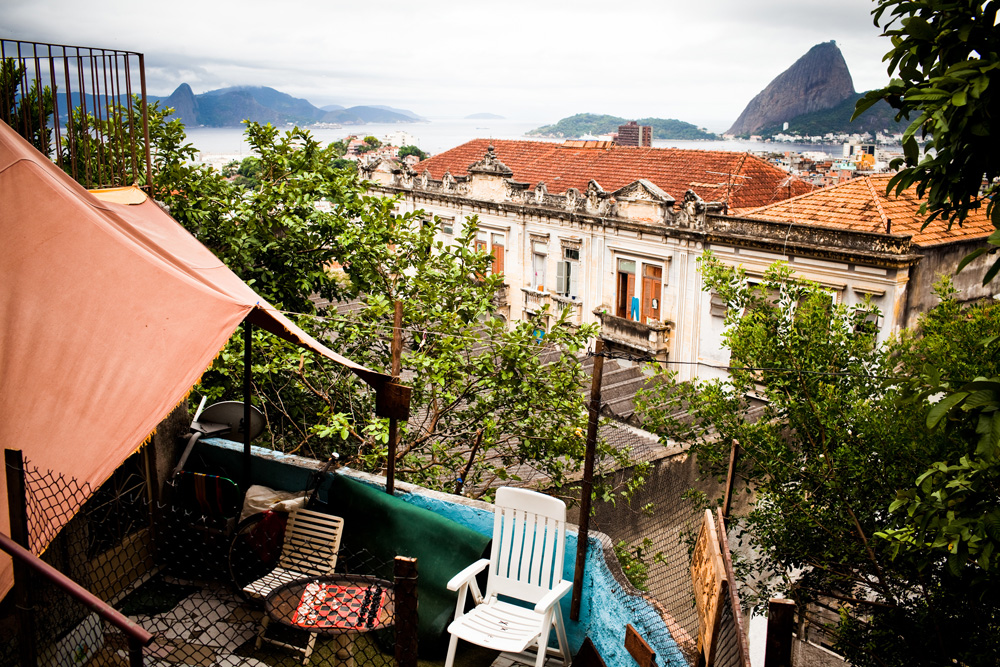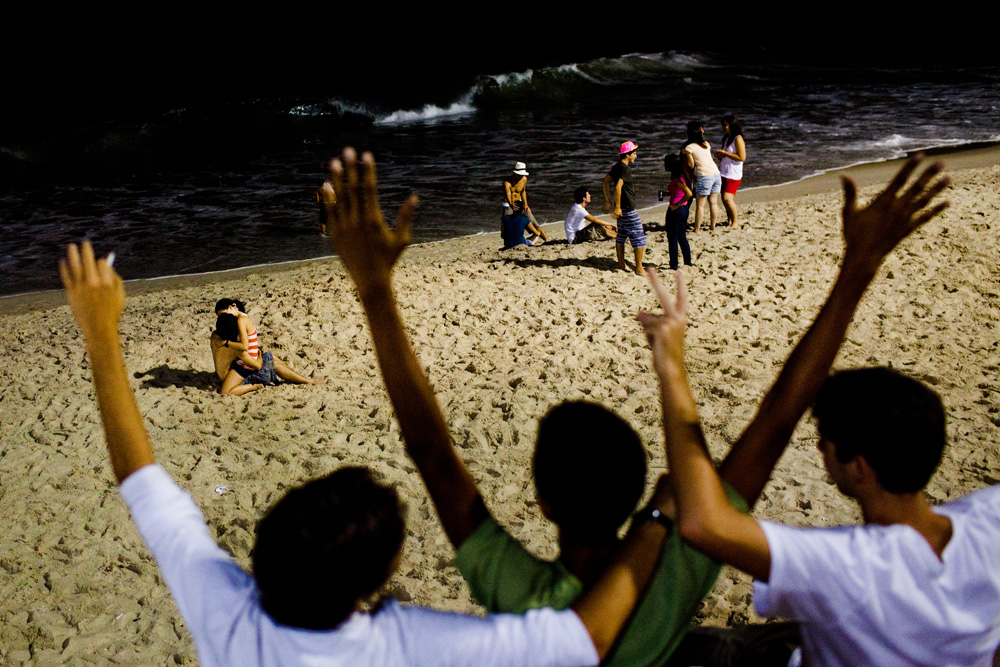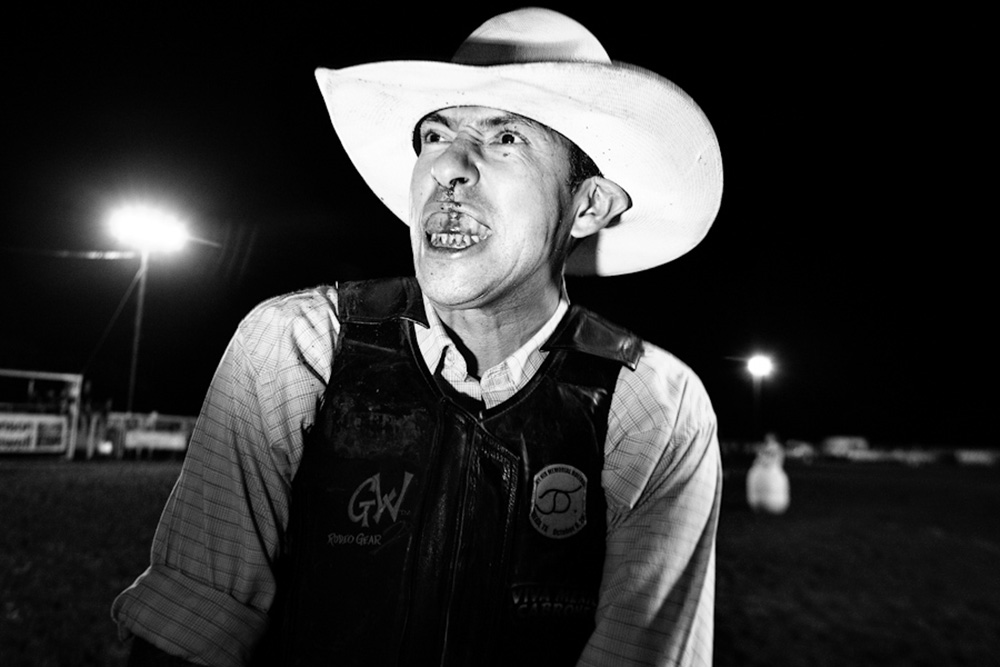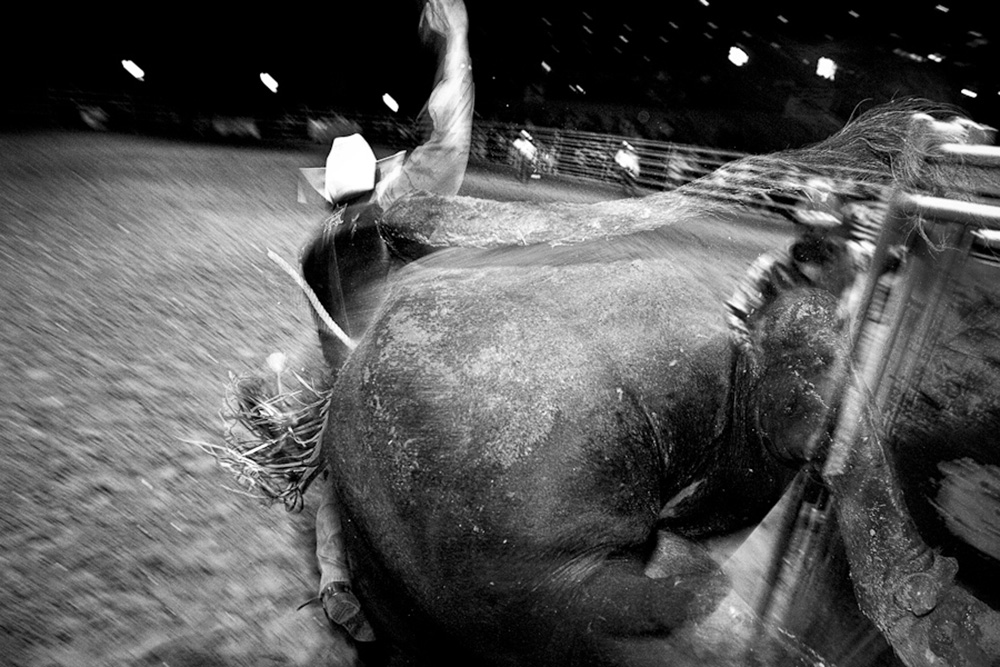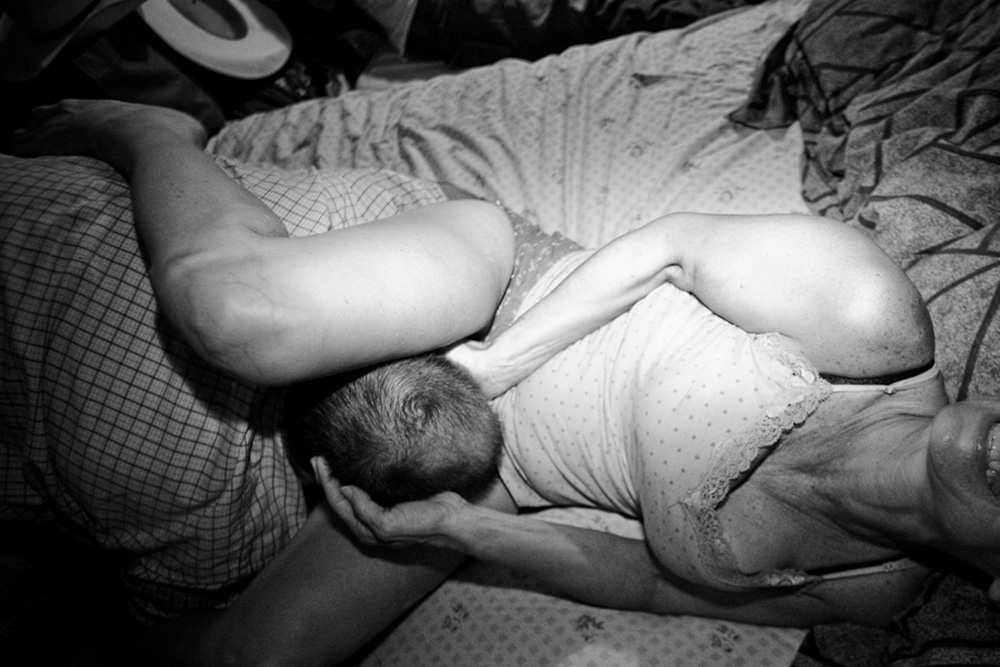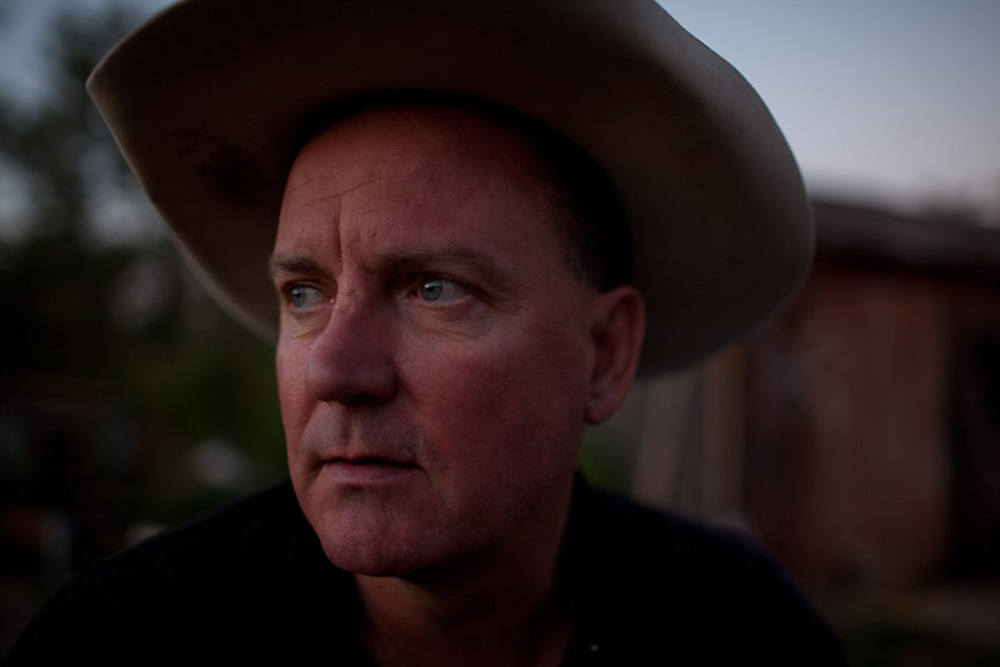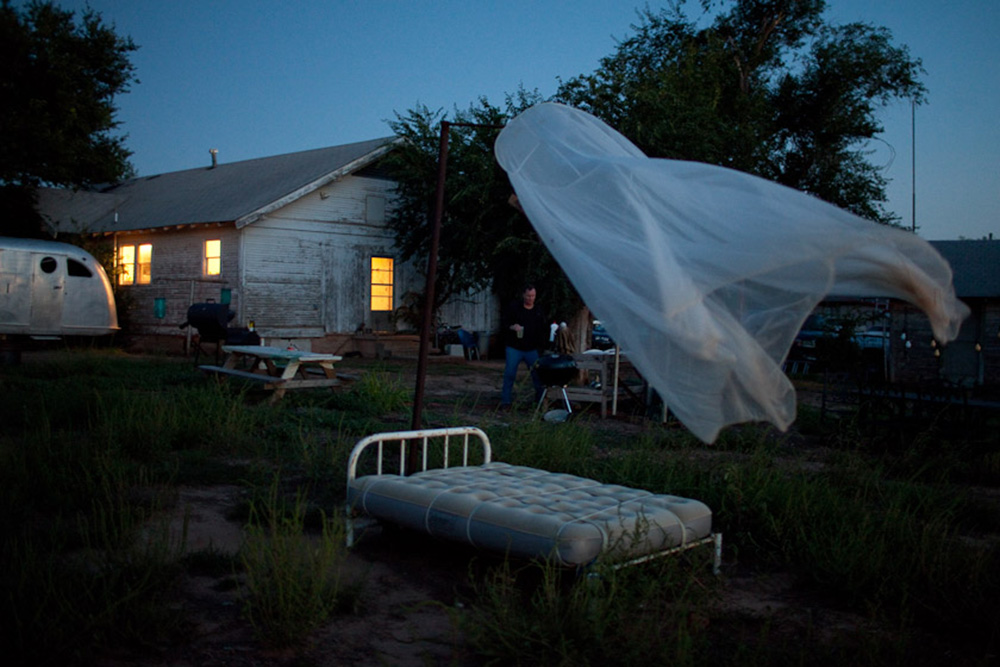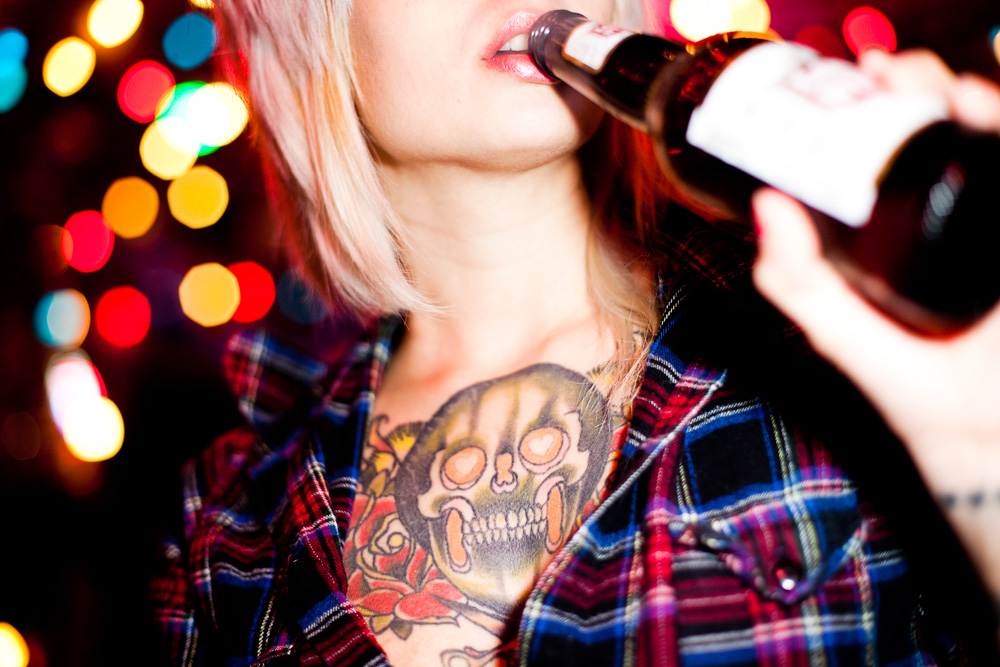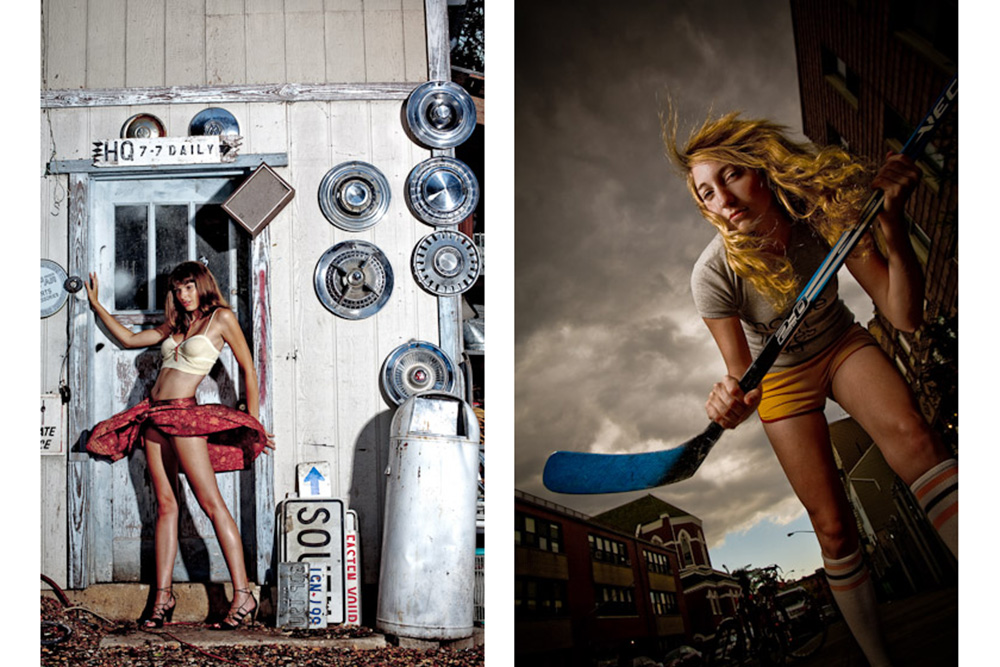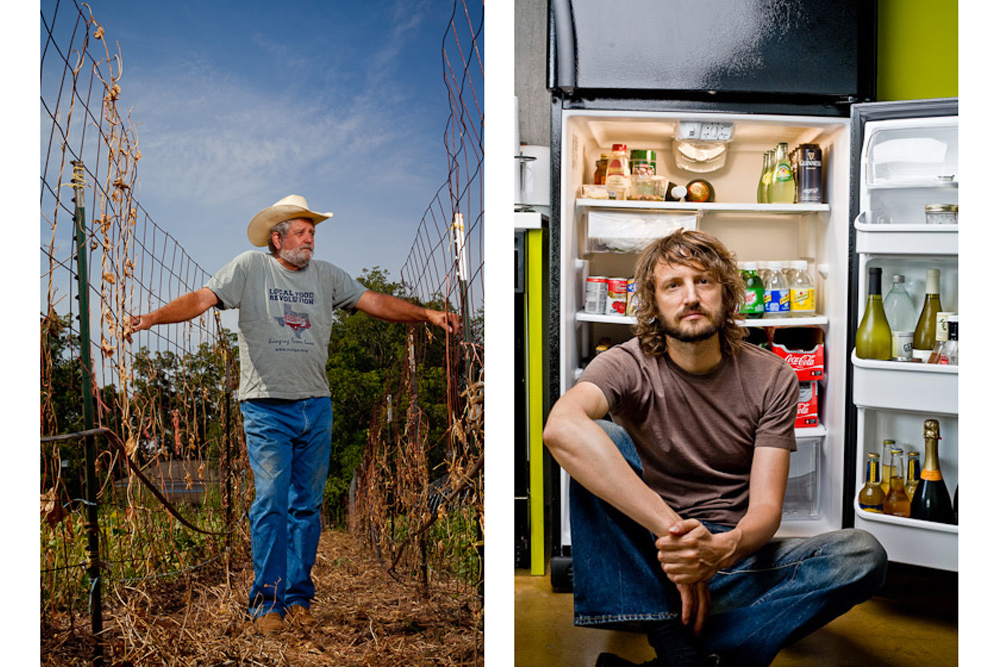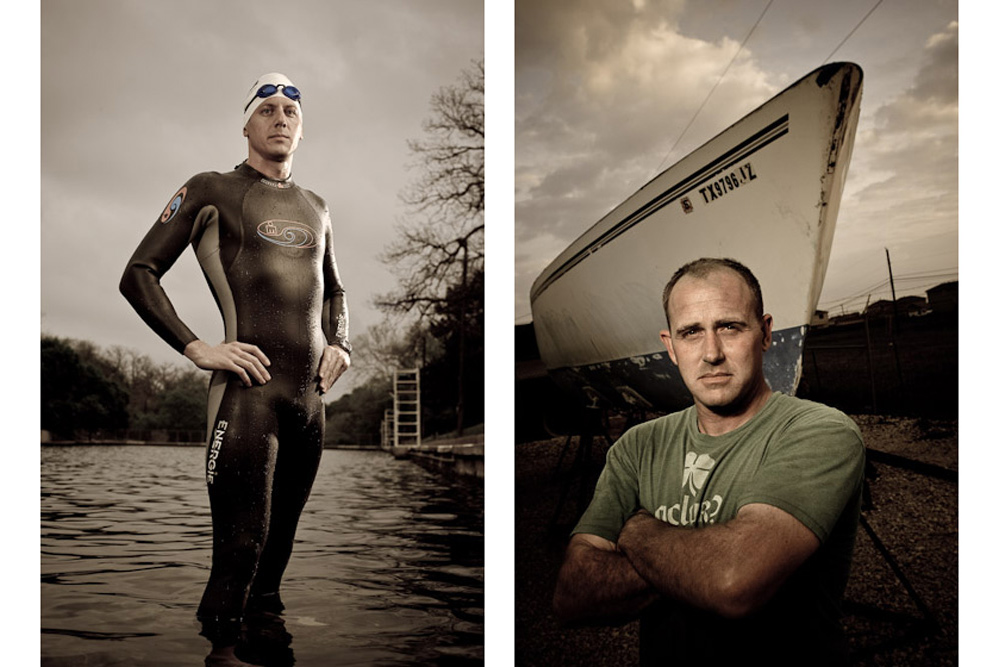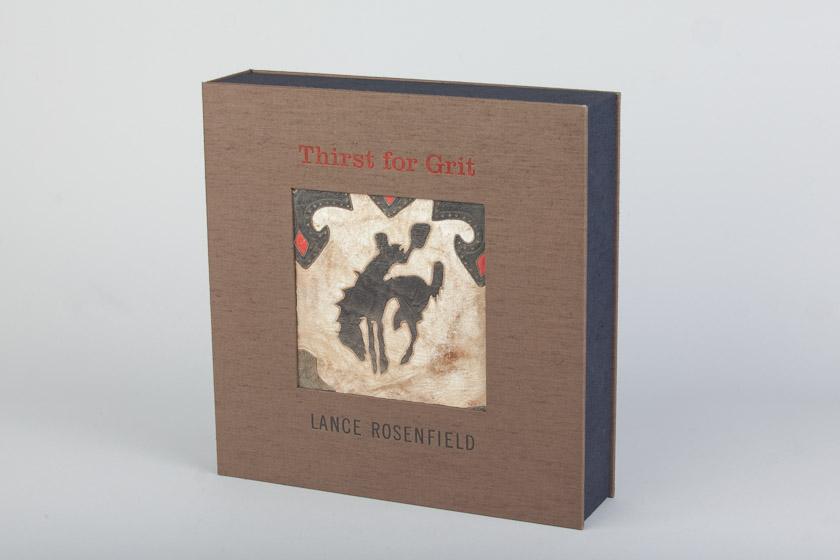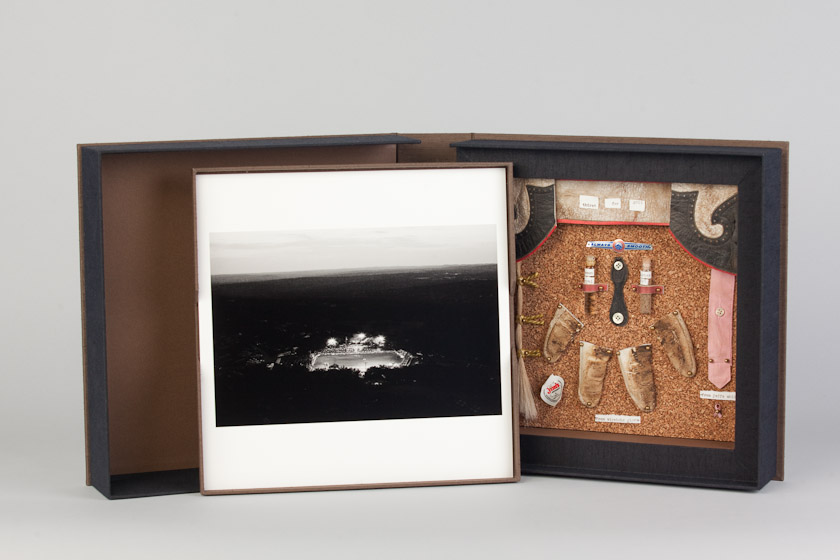Lance Rosenfield is an editorial photographer based in his hometown of Austin, Texas. When he’s not riding his motorcycle, November Lovin’, he’s shooting portraits and documentary assignments for The Times of London, AARP Bulletin, and Smithsonian Magazine, among others. Lance spoke with ILTP over a Texas Two-Step at the White Horse in the middle of a rainstorm.
Best Career Decision?
Helping found the Prime Collective in 2011. It opened a lot of doors to new clients and developed a strong bond with the other photographers in the collective.
Tell me more about Prime. How did you get started?
We launched January 11, 2011 which coincided with the National Geographic Seminar in DC. Initially the brainstorm came from Max Whittaker, Brendan Hoffman, and Dominic Bracco who approached me with their idea in 2009. I knew them from Lightstalkers and Look3 and David Alan Harvey’s blog. We brought on Charlie Mahoney and Melanie Burford. The process was slow and paced out casually. One of the things I tell people who want to start collectives, don’t rush into it. We took 18 months before we launched. It seemed like it was taking so long, but looking back I wouldn’t do it any other way. By the time we launched, relationships had formed and we were all committed to the group. We learned how to work through disagreements with each other. A lot of other collectives tend to just be a website and not much else. I think that’s because they don’t have that strong bond – they just got six cool photographers and a website. We were operating internally as a collective before the launch – we were already editing each others work, brainstorming, and supporting each other before the launch.
By the time we launched, relationships had formed and we were all committed to the group
Other advice for starting a collective?
Choose members wisely. Personality is as important as their work. Getting along through thick and thin is a key component. We joke about it, but we address each other as “family” – you’re not going to get that if you just slam something together. Create a mission statement and make sure everybody believes in it.
We all draw form each others strengths – some of us are experts with contract negotiations, others with daily assignment work, long form storytelling, or video.
We made it a point to make sure everyone was in separate geographic areas. There are other people we would love to consider joining, but they live in the same city as an existing member. We try to market to editors and it would become confusing to have more than one photographer in the same market.
Favorite thing about shooting in Texas
Texas is home. There’s a strange and inherent connection in being a Texan and when photographing other Texans.
There’s a strange and inherent connection in being a Texan and when photographing other Texans.
What’s been your most stereotypically “Texas” story?
I think that would have to be my long form photo essay, ‘Thirst for Grit’. It’s a look into the lives and times of small town rodeo cowboys – doesn’t get much more Texan than that.
Tell me about the box you made as a wrap up to the project?
I had a show at the L. Nowlin gallery that was approaching and I had been living with this work on the computer screen. I’m looking at a stack of hard drives on my desktop and something is drastically wrong about this. I put so much energy into this project and it’s living inside these boxes and drives. I needed something tactile and physical. I wanted to convey more than flat photographs – I wanted to show these artifacts from the life and times of the people I was photographing. I love boxes of prints – there’s something about opening that box, you get to touch it and hold it and feel the paper in your hands – it’s something you can’t reproduce on a computer screen or even on a gallery wall. This is a much more intimate way to experience the photography. Having the artifacts in the box brought the whole experience together. I wanted to convey the sense that now you feel even closer to the people in the picture.
I have pieces of David Gonzales’ gloves. Stretch gave me his chaps and riding boots. The front of the box is made from the boots that he wore throughout the entire project. Jeff Miller rides with a pink shirt to commemorate friends with breast cancer, so he donated a piece of the cuff of the pink shirt and a ribbon. There’s fringe from chaps, dirt from the Helotes rodeo arena in a vile, there’s Crown Royal in another vial. Cans of Keystone. I didn’t wash or clean any of it, so everything still has the dirt and grime intact. The smell can only be described as rodeo – sweat, dirt, animal and leather.
25 pigment prints, black and white. It’s a prototype box, the most that can be made is five. It’s pretty addicting and satisfying. This thing is meant to be looked at and felt. I’ll be excited when I get a buyer for it. I felt I came to a major milestone at the end of that project, even though it’s still ongoing.
Who was involved in making this happen?
Jace Graf at Cloverleaf Studio was the box maker. The letterpress was done by Bradley Hutchinson at Letterpress.com. Meggan Webber did the typesetting. Abi Daniels did the design for the artifact well. The Inset text was by Roy Flukinger, Senior Curator of Photography at the Harry Ransom Center at The University of Texas at Austin.
Mentors
Dirk Halstead connected me with with some pretty amazing people early on. David Alan Harvey continues to be an inspiration, mentor and friend.
Dream Assignment
Cross cultural changes for characters in their personal journeys. The American Western tradition in China.
Weirdest Thing in the Camera Bag
The bag itself is a regular nylon satchel with carabiners holding it all together. I’ve been told that my pen/marker collection in the bag is obsessive: pencils, ball points, gels, marks a lot, and an archival ink pen. You just never know.
Latest Gear Obsession
Gear obsession – no I don’t really do that. But I sure like my 35mm f/1.4. Oh, and frankly I love shooting around with my iPhone. There’s an app called Camera+ that I’m kind of obsessed with right now, and I just joined Instagram, which I hope will not become a waste of time.
I love shooting around with my iPhone. There’s an app called Camera+ that I’m kind of obsessed with right now
How do you Stay Motivated?
There’s a lot of work to be done in one lifetime. The anxiety that there’s always more to be done keeps me moving. We are lucky to find our gifts and if we don’t practice them we are letting the universe down. I can always be better.
‘Ah-ha!’ Moment
In 2003 I met Lisa Wiltse when I was entirely unaware of the world of documentary photojournalism. She had interned at Magnum and we became neighbors on West 6th Street. She shared her pictures from around the world as well as her book collection and opened my eyes with the works of Salgado, Richards, and Koudelka. There was an overwhelming sense of connection to humanity and I felt that this was something I needed to do.
Inspired By
David Alan Harvey, Werner Herzog, freelancers who make it work
Fav Photo Books
Tulsa, Larry Clark
Remix, Daido Moriyama
Wonderland: A Fairytale of the Soviet Monolith, Jason Eskenazi
Satellites, Jonas Bendiksen
Niagara, Alec Soth
Sleeping by the Mississippi, Alec Soth
The work of Miguel Rio Branco
What’s the most important part of your ‘education’ that wasn’t photo-related?
Work ethic and tenacity. I spent 10 years as civil engineer filled with project management and problem solving.
How do you define success in your own career?
Trusting in my own authorship. Shooting from within rather than what’s expected.
How do you stay sane?
Actually, staying a little off-center feels good. Life is short. Being centered is boring.
Exciting Projects in 2012?
I am well into my first film project and I expect 2012 to continue being quite busy with that. The film is about Texas cowboys and a Chinese businessman trying to take a rodeo to China. It’s a great story.
What distinguishes you from other photographers?
I guess that’s for others to decide, and certainly there’s a lot of overlap. When it comes to personal work, or even assignment work, I like to get close to people on a personal level. It’s important to me to feel trust coming from someone I’m photographing, and for me to explore well beyond the surface.
I like to get close to people on a personal level. It’s important to me to feel trust coming from someone I’m photographing
Hobbies outside of photography
A motorcycle by the name November Lovin’.
Favorite BBQ
Pork Ribs, (RIP) Artz Rib House, Austin
Favorite Breakfast Taco
The Ren at Bouldin Creek or Pete’s Taco at Maudie’s in Austin
Favorite Margarita
The MadDog at the Texas Chili Parlor (a la Guy Clark)

